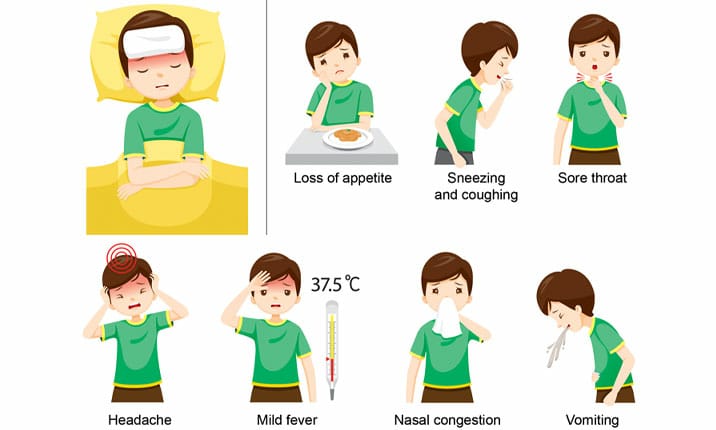MCQ ON COMMON DISEASES IN HUMANS class 12 for NEET | COMMON DISEASES IN HUMANS class 12 | MCQ COMMON DISEASES IN HUMANS with Answer | Check the below NCERT MCQ question for class 12 Biology based on the with Answers.

MCQ ON COMMON DISEASES IN HUMANS class 12 for NEET
MCQ on COMMON DISEASES IN HUMANS class 12 Biology with answers were prepared based on the latest pattern.We have provided class 12 Biology MCQs questions on COMMON DISEASES IN HUMANS with Answers to help students understand the concept very well.
MCQ ON COMMON DISEASE IN HUMANS is useful for NEET / CSIR / UGC / CBSE / ICSE / AIIMS / EXAM / AFMC EXAM / STATE LEVEL MEDICAL EXAM 2022-23, 2023-24
Introduction:
A wide range of organism belonging to bacteria, viruses, fungi,protozoan, helminths etc . could cause disease in man.Such disease causing organisms are called pathogens.Most parasites are therefore pathogens as they cause harm to the host by living in them.The pathogens can enter our body by various means,multiply and interfere with normal viral activities, resulting in morphological and functional damage. Pathogens have to adapt to life within the environment of the host.For example, the pathogens that enter the gut must know a way of surviving in the stomach at low pH and resisting the various digestive enzymes.
MCQ ON COMMON DISEASE IN HUMANS class 12 for NEET
1. Disease causing organisms are called
(a) pathogens
(b) immunity
(c) autoimmunity
(d) active unity
Ans (a) pathogens
2. Most parasites are the cause harm to the ……….living on them.
(a) prey
(b) hosts
(c) mast cells
(d) predators
Ans. (b) hosts
3. Salmonella typhi is a pathogenic bacteria which causes……….. fever in human beings.
(a) malaria
(b) typhoid
(c) polio
(d) tetanus
Ans. (b) typhoid
4. Typhoid fever could be confirmed by
(a) Widal test
(b) Western blot test
(c) Southern blot test
(d) All the above
Ans.(a) Widal test
5. Bacteria responsible for pneumonia in the number humans.
(a) Streptococcus pneumoniae
(b) Haemophilus influenza
(c) both a and b
(d) rhino
Ans.(c) both a and b
6. Pneumonia in humans infects the
(a) alveoli of the lungs
(b) liver cells
(c) duodenum
(d) ileum
Ans.(a) alveoli of the lungs
7. The bacterial disease in man
(a) Dysentery
(b) Plague
(c) Diphtheria
(d) all the above
Ans.(d) all the above
8. Common cold caused by
(a) Rhino Viruses
(b) Plasmodium
(c) Salmonella
(d) Tetani
Ans.(a) Rhino Viruses
9. The common cold infect the
(a) nose and respiratory passage
(b) lungs
(c) liver
(d) all the above
Ans. (a) Nose and respiratory passage
10. Malaria is caused by
(a) Rhino Viruses
(b) plasmodium
(c) bacteria
(d) fungi
Ans. (b) Plasmodium
11. Malignant malaria caused by
(a) plasmodium malari
(b) plasmodium falciparum
(c) Plasmodium vivax
(d) plasmodium ovale
Ans.(b) plasmodium falciparum
12. Amoebic dysentery is caused by
(a) plasmodium falciparum
(b) Entamoeba histolytica
(c) plasmodium malari
(d) wuchereria bancrofti
Ans . (a) Entamoeba histolytica
13. Ascaris and Wuchereria are
(a) helminths
(b) protozoa
(c) annelida
(d) insect
Ans.(a) helminths
14. Elephantiasis / filariasis is caused by
(a) Wuchereria Bancrofti
(b) Wuchereria malayi
(c) both a and b
(d) plasmodium falciparum
Ans. (c) both a and b
15. Ringworms are caused by
(a) Microsporum
(b) Trichophyton
(c) Epidermophyton
(d) All the above
Ans.(d) All the above
16. The use of vaccines and immunisation programme have enabled us to completely eradicate a deadly disease like
(a) TB
(b) Polio
(c) Measles
(d) Small pox
Ans.(d) Small pox
17. Sustained high fever, weaknesses, stomach pain, constipation, headache loss of appetite are characteristics of disease
(a) malaria
(b) elephantiasis
(c) typhoid
(d) polio
And.(c) typhoid
ALSO READ:-
● YOU CAN WATCH BIOLOGY SIR Youtube channel
18. HIV is a member of a group of Viruses called
(a) Bacteriophage
(b) laysogenic viruses
(c) Retroviruses
(d) Gemini viruses
Ans. (c) Retroviruses
19. Which is not an autoimmune disease
(a) graves disease grave
(b) pernicious anaemia
(c) rheumatoid arthritis
(d) insomnia
Ans.(d) Insomnia
20. Interferons have been used in the treatment of
(a) Ascariasis
(b) Influenza
(c) Filariasis
(d) Giardiasis
Ans.(b) Influenza
21.Rhabditiform larva of Ascaris undergoes second and third moultings in
(a) Liver
(b) Heart
(c) Alveoli of lungs
(d) Small intestine
Ans.(c) Alveoli of lungs







Leave a Comment